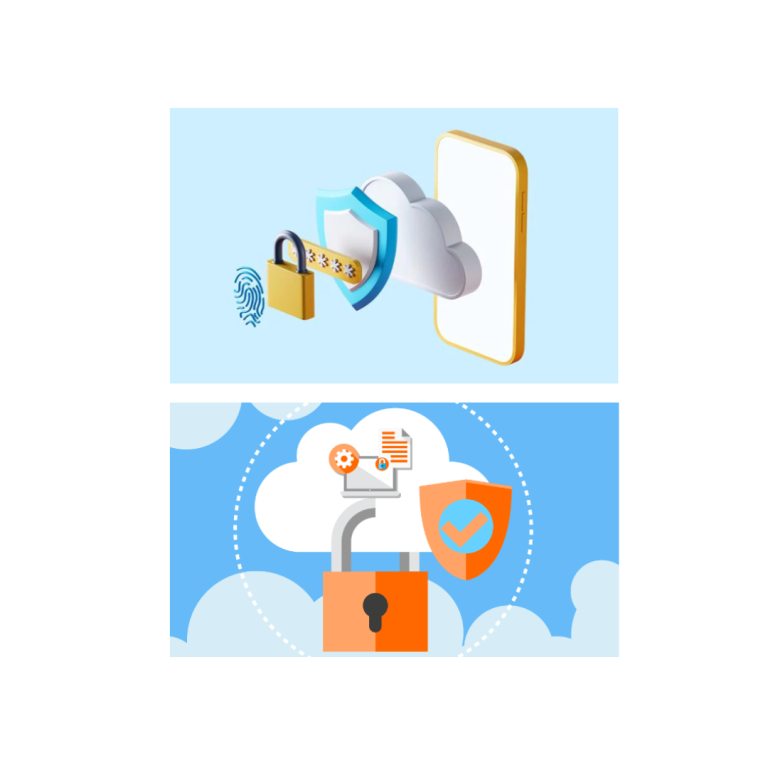
Cybersecurity is crucial for small businesses, as they are often targeted by cybercriminals due to perceived vulnerabilities. Here are key aspects of cybersecurity that small businesses should focus on:
1. Employee Training
- Awareness: Educate employees on recognizing phishing scams, suspicious emails, and social engineering tactics.
- Best Practices: Implement strong password policies and multi-factor authentication (MFA).
2. Secure Network Infrastructure
- Firewall & Antivirus: Use firewalls and antivirus software to protect against unauthorized access and malware.
- Secure Wi-Fi: Ensure your Wi-Fi network is secure by using WPA3 encryption and a strong password.
3. Data Protection
- Backups: Regularly back up data to secure, offsite locations. Use both cloud-based and physical storage.
- Encryption: Encrypt sensitive data both in transit and at rest to prevent unauthorized access.
4. Access Controls
- Least Privilege: Limit access to sensitive information based on the employee’s role. Implement the principle of least privilege.
- User Accounts: Use individual user accounts for each employee, and ensure that accounts are deactivated when employees leave the company.
5. Software Updates
- Patch Management: Regularly update software, operating systems, and applications to patch known vulnerabilities.
- Automated Updates: Enable automatic updates where possible to ensure timely patching.
6. Incident Response Plan
- Preparation: Develop a response plan for potential cybersecurity incidents. Include steps for containment, eradication, recovery, and communication.
- Regular Testing: Regularly test the incident response plan with drills or simulations.
7. Vendor Management
- Assess Risks: Evaluate the security practices of third-party vendors, especially those with access to your systems or data.
- Contracts: Include cybersecurity requirements in contracts with vendors to ensure they meet your security standards.
8. Regulatory Compliance
- Understand Requirements: Be aware of industry-specific regulations (e.g., GDPR, HIPAA) and ensure compliance.
- Documentation: Maintain documentation of your cybersecurity practices and any incidents to demonstrate compliance.
9. Physical Security
- Device Protection: Ensure that laptops, desktops, and other devices are physically secure. Use locks and ensure devices are not left unattended.
- Access Control: Limit physical access to critical systems and data centers.
10. Insurance
- Cyber Insurance: Consider cyber liability insurance to mitigate financial losses in the event of a cyber incident.
